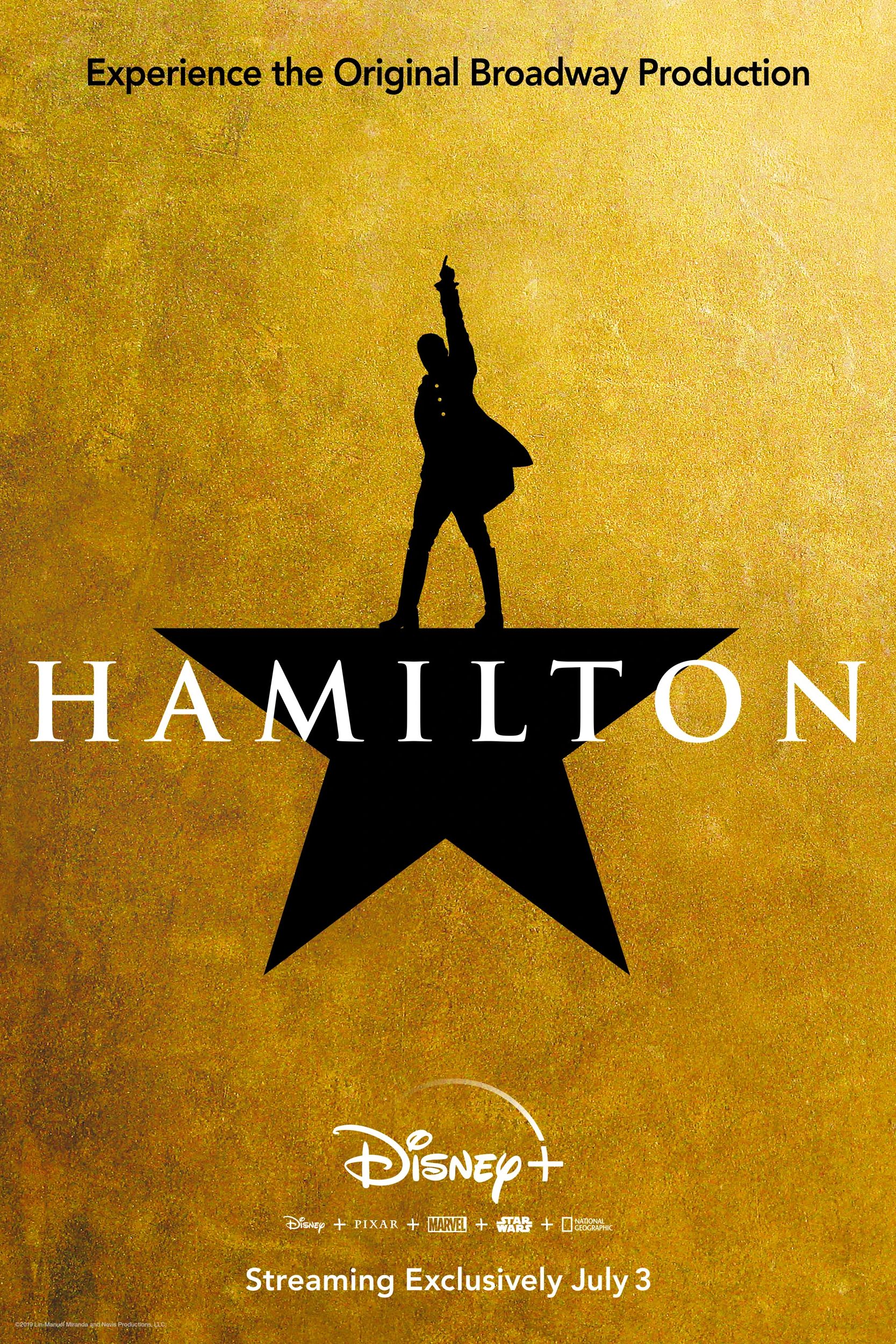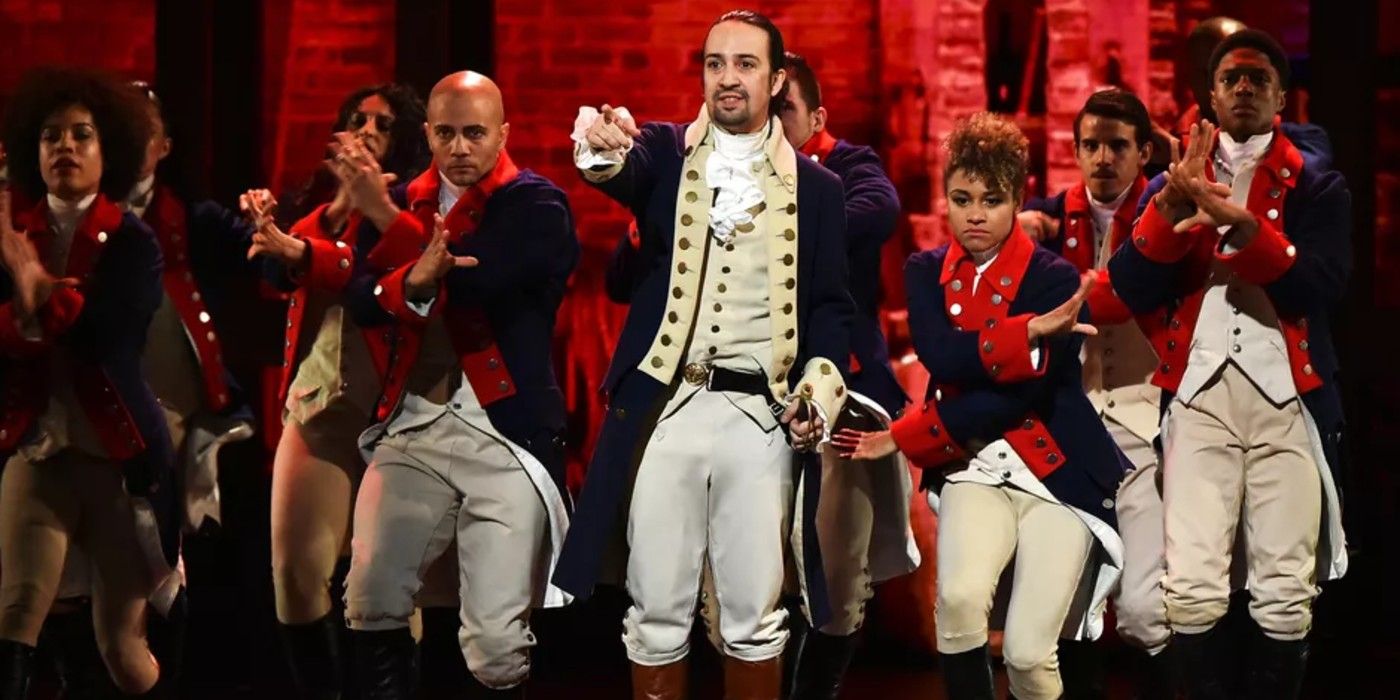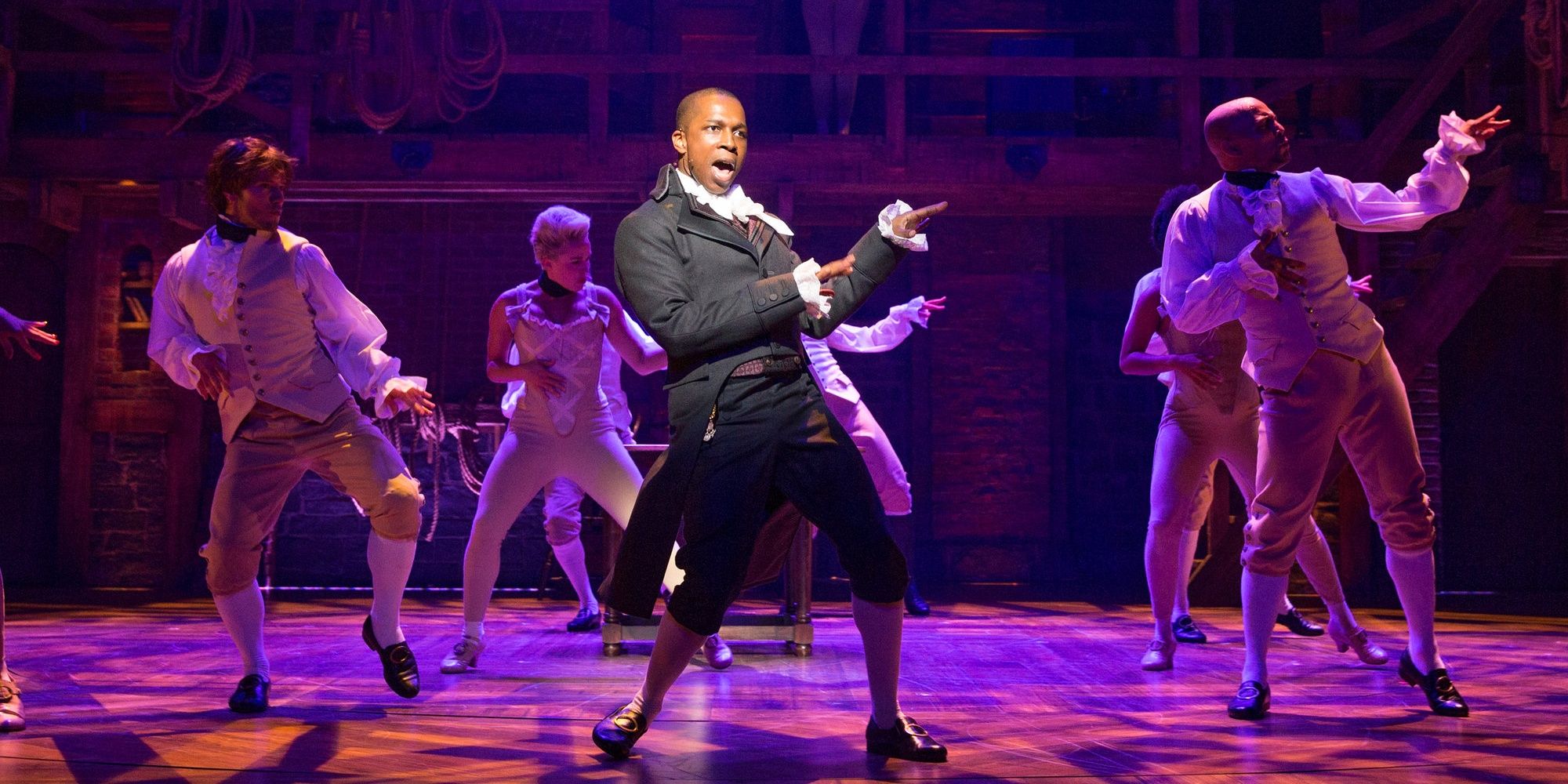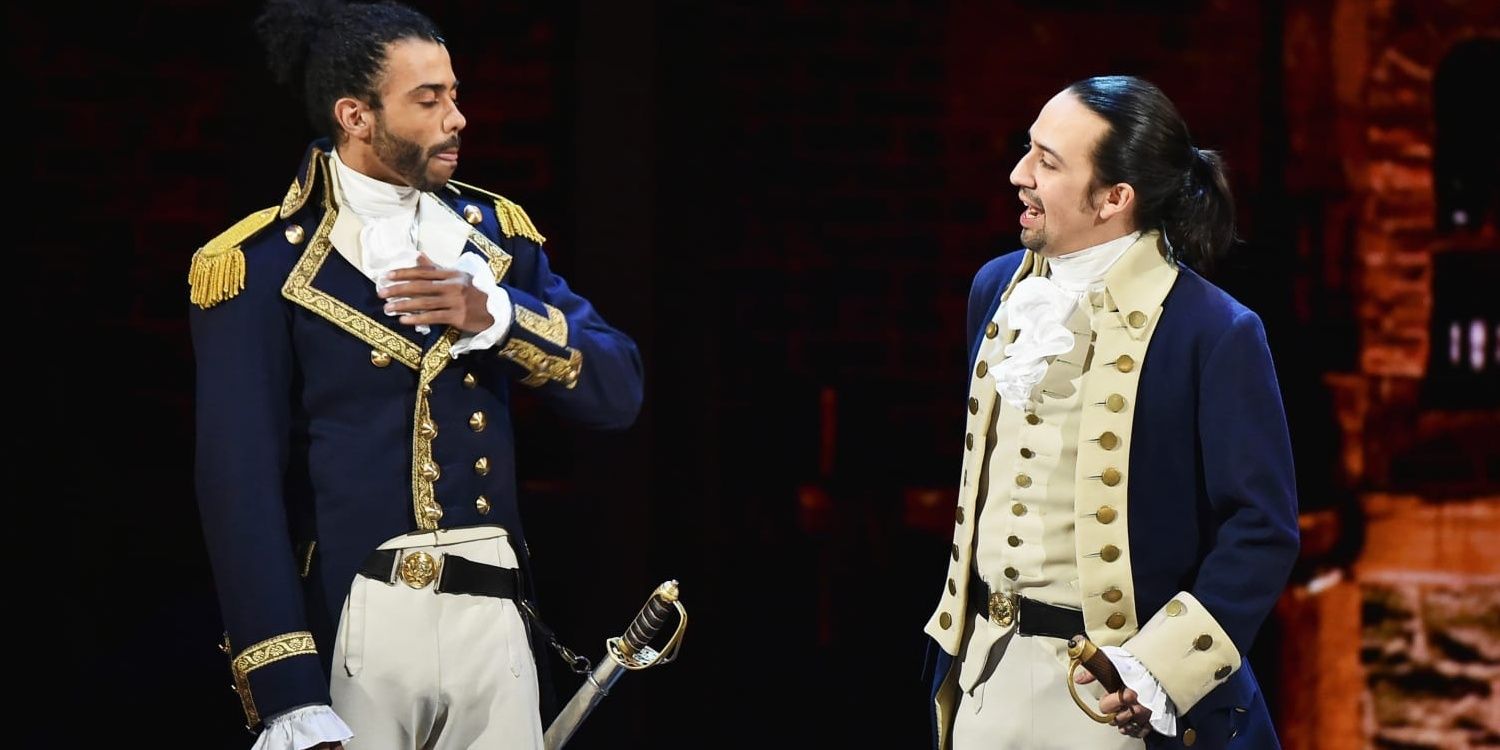Hamilton
Rarely does a film director get a chance to develop a project for as long as Thomas Kail has work onHamilton , nor gotten the chance to take it from one medium to another . With the forthcoming film version of the Broadway yield , though , Kail has been able to give million of viewers the best seats in the house .
The director spoke with Screen Rant about the techniques used to capture the original Broadway performances on moving picture , and the bequest he hopes Hamilton leave behind when new audiences are exposed to it .
What sort of technology did you employ to record the performances ? Were there multiple cameras involved or specialized photographic camera articulated lorry ?

Thomas Kail : Yes , multiple cameras . We pullulate two springy carrying into action , on the Sunday matinee and the Tuesday Nox . And on those performances , which had interview - and we did not barricade , we just go straight through - we had nine cameras rolling . Three were fixed and not using a human manipulator , and then there were six that had human operators and were all in the audience , shooting towards the phase .
And then we had a little bit of time on Sunday Nox , a full day on Monday and a little sentence on Tuesday morning , where we did not have the audience . We get on level and bestow in a steadycam on a dolly track , and we changed a lot of the tv camera spatial relation . We would bunk a bit 2 , 3 , or 4 times and then move on , because we only had that one day . I think we got through about 12 or 13 numbers racket in that direction . There are 46 numbers in the show , so 33 of them are just from those two performance . Because when we got back in on Tuesday night , we still had the nine television camera . Three were repair in that same locating , and then the other six , we completely changed .
So , if you were home left 15 run-in back , the next mean solar day you were home right 10 rows back . That camera that was in the mezzanine , we took it off the mezzanine floor and went to the eye of the orchestra . So , we switched up all of those camera angle . And then we were in the truck and were also in people ’s auricle , so if there was a shot that we really liked , we could have them go get it . It was kind of like when you ’re in a sport hand truck . There was a very detailed design , but I was also watch with our DP and our television camera coordinator , and we could say , " That over right there , get in , get in , get in ! " You could maybe take a little dive and be a small more aggressive on the Tuesday , because we already had the Sunday .

How did feature the television camera there affect the audience ’s viewing experience ? How was that addressed ?
Thomas Kail : I ’m certain it did affect their viewing experience . And if you ’ve ever seen theater on the nights when they ’re pink anything , it ’s always completely different . Just like if you ’re making a docudrama and you bring a camera into a elbow room , it change everything . There ’s a whole principle about that . So yes , it perfectly affect the audience . Often what it does for the audience is it makes them a piddling more reserved and muted , but that was not the fount for us .
I think that interview was so excited to be there , and the fact that they were sitting next to a camera was big . It did not get in the elbow room of their enjoyment . But they did n’t have a go at it about it until they arrived . We wanted to make certain to honour the 1340 people that had worked intemperately to get there and pay money to see the show , so we did n’t want to disrupt that . And I do n’t think that anybody that assure the show on those two nights would would say that their experience was touch on in a minus way .

I ’m very rummy to see , once the movie comes out , how many people will say , " I was there when they film that ! " Because you know the total can only be about 2600 . It ’s like when masses say like , " Oh , I was at that concert when that happened . " But I hope their experience was a good one .
Did you direct the actors more towards the television camera during their functioning , or did you just catch the spontaneity of the performances ?
Thomas Kail : We shot this in June of 2016 . So , that means that the thespian that were in the show had done the show 200 or 300 or 400 time . At that full point , the performance was so in their bones ; I had so much organized religion in them . We had very , very little of any conversation about functioning , because we ’d already progress the performance and they ’d already deeped the performance beyond what we were working on every day . No , I did n’t say anything like that to them .

Often on an initiative dark , I ’ll say something to the combining weight of , " No more , no less , " because we already get laid what the matter is , and we just have to go and do our show . And they went and did our show . Our line of work was to becharm that ; I did n’t want them to palpate encumbered in any way . And intelligibly , if there ’s a photographic camera six inches from your cheek , you ’re gon na feel that . But for the alive shows , they did n’t feel the television camera at all . For the other numbers that we did on microscope stage , they ’re all such pros that they know exactly what they were doing . I ’ll probably never make another movie where I pass less meter peach about carrying out , because I ’d spent two years leading up to it talking about performance . This cast knew exactly what to do .
Which aspects were hard to take and translate for a abode audience and which were easiest ?
Thomas Kail : When you ’re watching the show in the house , the job of the director and the choreographer and the inflammation couturier and the circle designer is to focus the action . And by where we put lights , and where motion happens , that ’s where your center will go . But you ’re always in a wide shot as it were ; you ’re always experience the whole motion-picture show .

When you ’re stimulate a film , the director of picture taking and the lighting team , the grasp ; they ’re the ones that help focus the action . If we put the camera in one position , you could only see what we ’re demonstrate . You have much more control in the cinema than you do in the theatre . So , what we had the opportunity to do , though , was make certain that we were serving the consultation as well as we could and that we were acknowledging that everybody has not just the best butt in the house , but the same seat .
Because when you go see a bouncy show , you could be in the orchestra , on the left wing , on the right , in the mezzanine , in the second balcony - and your experience would be completely different . When you ’re watching a film , you all have the same tush . And so that felt like an opportunity to really give everyone a cosmopolitan experience . Whatever they call back about the cinema , that ’s up to them . But at least they all have the same hindquarters .
What is the bigger antecedency for you ? Is it get moving picture theatre audiences into a true theatre of operations experience or to adjust a field of operations experience and make it more cinematic ?
Thomas Kail : I always wanted to capture what it feel like to be in the theater when I was making this movie . In a sense , there are there are element of Hamilton that people think are cinematic - in fact , you will see this in the film . The final duel is something on stage that was inspire by The Matrix . Do you remember bullet time in The Matrix ? The final affaire d’honneur in our show strike berth in the moments from when the bullet leave Aaron Burr ’s hired gun and pip Alexander Hamilton , but we stop time . And when you stop prison term there , instead of having all of the cameras around like they did in The Matrix , we do it with the strong-arm oral communication and the choreography and the staging . That to me was a cinematic proficiency that we applied to our theater .
This is , I go for , a funny reference . But Ratatouille was a big influence on the number " Satisfied . " In Ratatouille , there ’s a moment where the critic takes a bite of the food . And in that here and now , you go into his eye , and you go back to see his childhood : his mother or nanna giving him the food for thought , and then he has this splanchnic and worked up connexion to the food that breaks down even the most hardened of critics .
" Satisfied " in the show is another consequence that contain time . What we do essentially is we go into the creative thinker and the heart of Angelica Schuyler . At that point in the show , we have not really broken the chronological and forward motivate one-dimensional progression of time , but in that issue , we intercept time . We reverse it and we go into her head , and that ’s also setting up the oral communication that we ’ll utilize for the ending of the show when the bullet is stopped , and we go into Hamilton ’s head . Those are two cinematic minute that happened in a piece of theater , and what I had the chance to do here was examine to bump style to institute the theatrical elements into the motion-picture show .
Which number was the most complicated for you to arrange , and which precipitate into the place most naturally ?
Thomas Kail : Interesting . There was , obviously , a designing for the show when we were puddle it . It was only suppose to be for the theatrical consultation . Now , what that often meant was - in terms of where mass are lay on the leg , or the patterns - are with the audience in the front if you ’re in a apron theater . So , there were sure bit that were sort of directed that way ; that the energy of it was facing outward . But a lot of the numbers have round in the show ; Andy Blankenbuehler ’s stage dancing employs a spate of circles . And so bit like " Satisfied , " or " The Final Duel " or " 10 Duel Commandments , " or even " Hurricane , " have a muckle of circular motion to them and feel like they really lend themselves to being trance cinematically .
That does n’t mean others were harder ; it ’s just those were particular 1 that felt really exciting to be inside of because of how the pattern had been established in term of the choreography and the period of the number .
Now that jillion are going to be able to see Hamilton for the first time , how do you intend it might assist guide public discussion on modern - day government ?
Thomas Kail : A political program call in EduHam , which we started four year ago now , gives admittance to the show to scholar age 16 or 17 , usually juniors in gamey school . And we ’ve done this all over the rural area , in many , many cities , and also in London . And that ’s for me the most authoritative bequest of the show . It ’s the new people vex a chance to see the show , but also write their own work inspired by the show , which authorize the ontogenesis of their own voice and the acknowledgement that their voice matters . And it speaks to something in the show that we guess is so critical , specially at this moment in time , which is who tells your story .
We have to all sympathise that every story is important , and every news report should be told . And we have to look at our show , which is about the introduction of our country - a body politic that was establish on the original sinning of thrall , that was establish by these flawed human being who said that they want to make the mankind adequate but lay out up an institution and a constitution that did not protect everybody every bit in any way . And so we ’re still sing about , and are still faced with , so many of the flaws in the system right now .
My hope is that there are moments in the show , or line in the show or stories in the show , that can be sparks for more conversation ; that can be that can be used to further probe and to gainsay systems that are in place that need to be retrace , or reconstruct , or strip . And I imagine that there is an opportunity , when you have when you have the show going out so wide , that it ’s going to strive so many people . I for sure do n’t lie with how it ’s go to impact each person , but my promise is that it gives them some sort of author of inspiration to go and do whatever their oeuvre might be .
Obviously , this was visualize as a moving picture dramatic art experience when it was film . Now that it ’s move directly to masses ’s homes via Disney+ , how do you envision the viewing experience ? Should it be a family experience orHamiltonsocial distancing parties ?
Thomas Kail : I opine masses should be safe when they ’re watch over it however they do it . My hope is that , you know , some hoi polloi are gon na check it on their iPhone or their Android , others will ascertain on an iPad , someone on goggle box , some are gon na watch it on their computer . However they watch it , our promise is that the story transmits- that whoever you are , whatever form that you ’re watching it , that it talk to you . And what I know is , in a world right now , where the elbow room that we consume things has such a fast cadence - Tiktoks are like 14 seconds - this movie is two and a half hours . It demand a sure variety of patience in the storytelling .
But I imagine that that ’s one of the things that I ’m so worked up about . I believe that this is a show for people that love melodious theater , and I think it ’s a show for people that do n’t think musical theater is for them . I think that it ’s something that can talk to them , because I retrieve it ’s aware of what it is . And what it is , is inform so deeply by Lin ’s musical representative . And I think that that ’s a spokesperson that has certainly , through the major power of the album , strain many , many millions of hoi polloi . We hope that the motion-picture show that we made is a associate to the experience that people have had who have loved the record album .
More : Christopher Jackson Interview for Hamilton